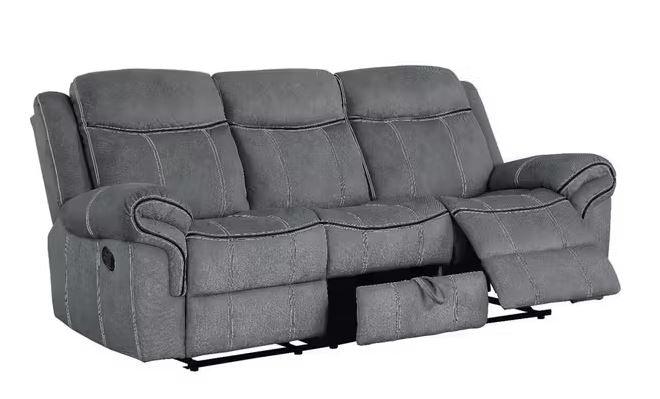The Ultimate Guide: How to Check Furniture Quality Like a Pro!
When purchasing furniture, checking its quality is essential to ensure that it lasts long and provides good value for your money. Here are some key factors to consider when assessing furniture quality:
1. Material Quality
- Wood: Look for solid wood or high-quality engineered wood (such as plywood) rather than particle board or MDF, which are less durable. Hardwood like oak, maple, or walnut are signs of good quality.
- Upholstery: For fabric furniture, check the durability of the fabric (e.g., tightly woven fabrics like cotton or linen). For leather, full-grain or top-grain leather is the most durable.
- Metal/Plastic: If the furniture has metal or plastic parts, make sure they are thick and sturdy, not flimsy or easily bendable.
2. Construction & Joinery
- Joinery: High-quality furniture uses dovetail, mortise-and-tenon, or dowel joints rather than staples or nails. These methods create strong, long-lasting connections between parts.
- Frame: On sofas and chairs, the frame should be made from solid wood, not particleboard. Check for screws and dowels rather than glue or staples.
- Corner Blocks: Well-made furniture often includes corner blocks (extra reinforcement at the joints), especially in weight-bearing areas like chair legs or table corners.
3. Weight & Stability
- Weight: Quality furniture is often heavier because it is made from solid materials. Light, hollow-feeling pieces might indicate low-quality construction.
- Stability: Try to shake or wiggle the furniture to check for stability. Well-constructed pieces won’t wobble or feel loose when pressure is applied.
4. Finish & Detailing
- Wood Finish: Check for a smooth, even finish on wood furniture with no rough spots, streaks, or bubbles. Avoid pieces with paint or varnish that chips easily.
- Stitching: For upholstered furniture, examine the stitching. It should be even, tight, and without loose threads. For leather, look for seams that don’t pucker.
- Cushions & Padding: High-quality cushions are dense and retain their shape when pressed. Look for high-density foam, down, or hybrid fillings for long-lasting comfort.
5. Hardware & Mechanisms
- Drawers & Hinges: Open and close drawers and doors to test their operation. Drawers should glide smoothly and have solid dovetail joints. Hinges should be sturdy and rust-resistant.
- Reclining Mechanisms: For recliners or adjustable furniture, the mechanisms should operate smoothly and quietly without sticking or squeaking.
6. Warranty & Manufacturer Reputation
- Warranty: A good warranty (often 5-10 years for high-end furniture) is an indicator that the manufacturer stands behind the quality of their product.
- Manufacturer Reputation: Research the brand's reputation for quality. High-end or custom furniture makers often have long-standing reputations for craftsmanship.
By following these guidelines, you can ensure that you're investing in furniture that is built to last and of high quality.











